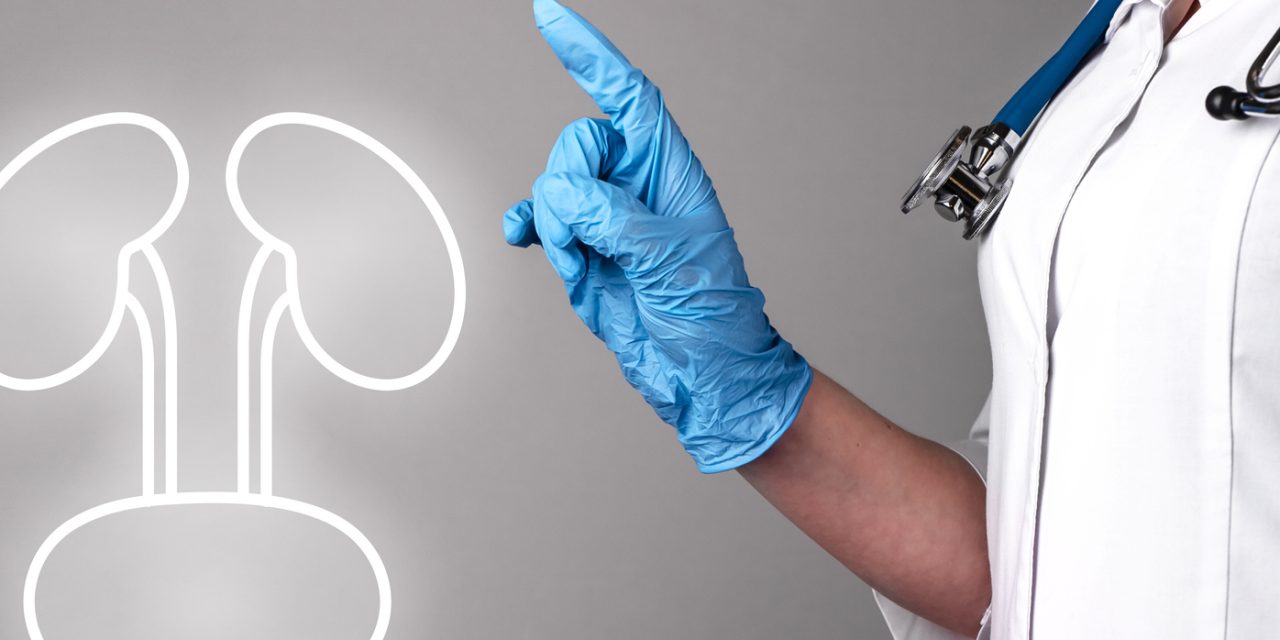Peyronie’s Disease (PD) is a connective tissue disorder that affects the tunica albuginea (TA) of the penis causing curvature and erectile dysfunction. The pathophysiology are not well understood and, for this reason, treatment options are limited.
The aim of the present study is to analyze and compare whether single or multiple instillations of plasma in the TA of rats is capable of triggering macroscopic, histopathological and molecular changes consistent with PD.
Fifty male Wistar rats were divided into 4 groups: Group 1 – a single instillation of plasma in the TA; Group 2 – a single instillation of distilled water in the TA; Group 3 – four instillations of plasma in the TA (1x per week) Group 4- four instillations of distilled water in the TA (1x per week). Forty five days after the last instilation a manual inspection of the corpus cavernosum, a penile erection test and a penectomy were performed to obtain material for histopathological and molecular analysis.
It was observed that 31.25% of the rats that received repeated instillations of plasma presented penile curvature according to the erection test, while none of the rats from the control group or group with 1 instillation of plasma presented curvature. In the animals that received 4 instillations of plasma, the following differences were observed in relation to the control group: increase in fibrosis and the deposition of collagen I. The protein expression of heparanase (HPSE) and TGF-β increased in the groups that received a single or four instillations of plasma, and the protein expression of heparanase-2 (HPSE-2), metalloproteinases (MMP-2, MMP-9) and metalloproteinase inhibitor (TIMP-2) showed an increase in the group that received four instillations of plasma. There was a significant increase in the gene expression of HPSE, MMP-9 and TGF-β in the group that received 4 instillations of plasma. In the analysis of the glycosaminoglycans, an increase was observed in the secretion of galactosaminoglycans chondroitin sulfate and dermatan sulfate (CS/DS) in the group that received 4 instillations of plasma.
Previous studies have demonstrated increased protein expression. of HPSE, MMP-9 and TGF-β with instillation of blood in the TA, however there was no increase in gene expression. In the present study, the increase in the expression of TGF-β with plasma instillations, proved to be more reliable. The two models with plasma ( 1 or 4 instilations) demonstrated significant histopathological and molecular changes when compared to the control group. However, only in the group with 4 plasma instillations there was a macroscopic change. The idea is that repeatedly extravasation of TGF-β present in plasma of predisposed individuals acts as a trigger for the development and maintenance of changes in the extracellular matrix that perpetuate an anomalous inflammatory process present in PD.
The present study shows that the repeated instillation of plasma, is a low-cost in vivo model for the study of PD. This article is protected by copyright. All rights reserved.
This article is protected by copyright. All rights reserved.
New in vivo model to assess macroscopic, histological and molecular changes in Peyronie’s Disease.


